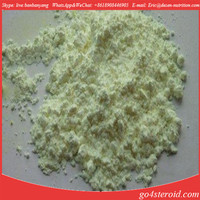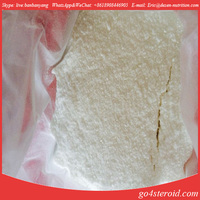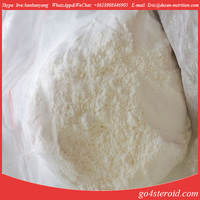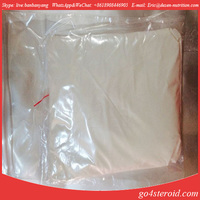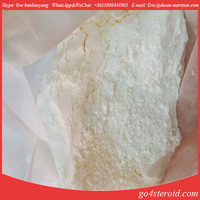Xanthophyll CAS 127-40-2 Food additive health food
Product Quick Detail
- Minimum Order
- 1
- Place Of Origin
- China
- Packaging
- Exquisite packaging
- Delivery
- 3-7 work days
Specifications
Xanthophylls (originally phylloxanthins) are yellow pigments that occur widely in nature and form one of two major divisions of the carotenoid group; the other division is formed by the carotenes. The name is from Greek xanthos , and phyllon , due to their formation of the yellow band seen in early chromatography of leaf pigments.
The xanthophyll cycle
The xanthophyll cycle involves the enzymatic removal of epoxy groups from xanthophylls (e.g. violaxanthin, antheraxanthin, diadinoxanthin) to create so-called de-epoxidised xanthophylls (e.g. diatoxanthin, zeaxanthin). These enzymatic cycles were found to play a key role in stimulating energy dissipation within light-harvesting antenna proteins by non-photochemical quenching- a mechanism to reduce the amount of energy that reaches the photosynthetic reaction centers. Non-photochemical quenching is one of the main ways of protecting against photoinhibition. In higher plants, there are three carotenoid pigments that are active in the xanthophyll cycle: violaxanthin, antheraxanthin, and zeaxanthin. During light stress, violaxanthin is converted to zeaxanthin via the intermediate antheraxanthin, which plays a direct photoprotective role acting as a lipid-protective anti-oxidant and by stimulating non-photochemical quenching within light-harvesting proteins. This conversion of violaxanthin to zeaxanthin is done by the enzyme violaxanthin de-epoxidase, while the reverse reaction is performed by zeaxanthin epoxidase.
In diatoms and dinoflagellates, the xanthophyll cycle consists of the pigment diadinoxanthin, which is transformed into diatoxanthin (diatoms) or dinoxanthin (dinoflagellates) under high-light conditions..
- Country: China (Mainland)
- Business Type: Manufacturer,Trading Company
- Market: Americas,Europe,Oceania
- Founded Year: 2010
- Contact: ava yang

